Why don't team members all ride the same bike at the Olympics?
Why isn’t there a standard road and time trial bike used by each nation?
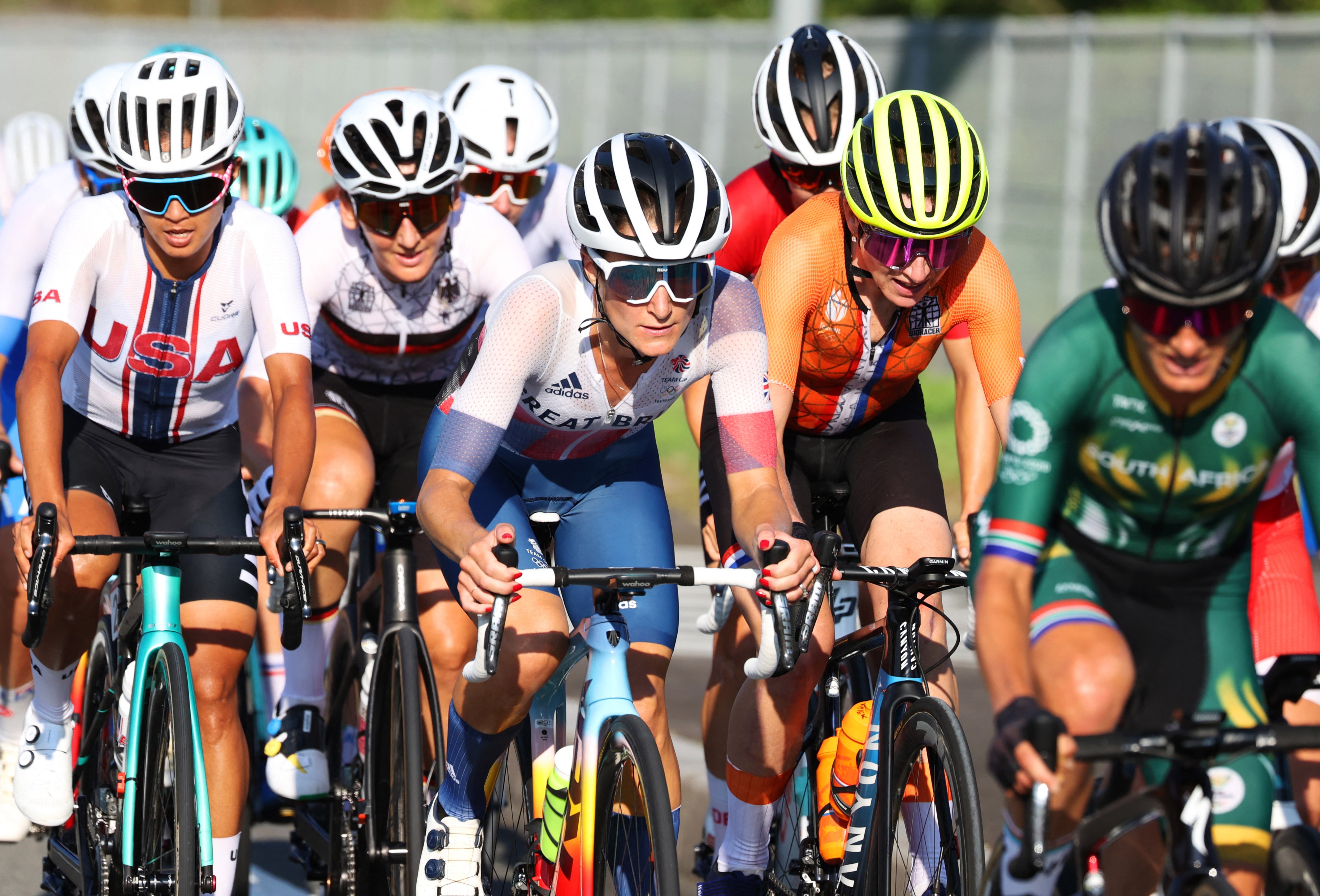

Watch any WorldTour road race and every member of a pro team will be wearing the same kit and riding the same bike, or at least a small selection of top spec models from the same brand.
At the Paris Olympics, you’ll be able to spot cyclists from the same country by their identical clothing; Castelli is a long-time partner of the Italian cycling team, for example, and Czech brand Kalas supplies British Cycling’s team clothing.
On the track, the British Cycling team-issue kit extends to the Hope x Lotus track bike. All members of the track team, regardless of discipline, will ride the same bike, with variations in handlebars to cater for the needs of the different events.
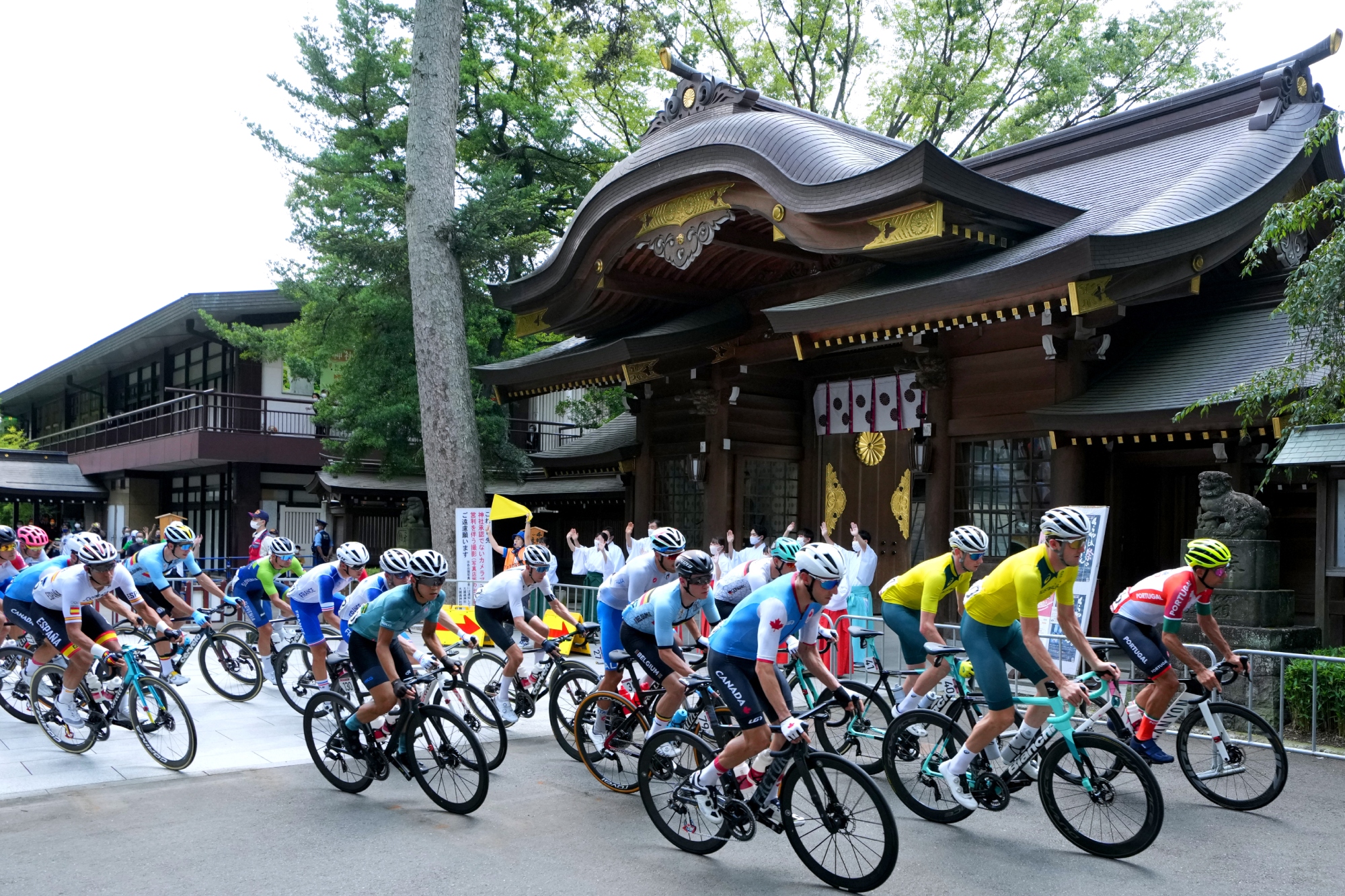
Road riders use their trade team bikes in the Olympic road race and time trial
So why, when they line up at the start of the road race and the time trial, will UK riders be on a hotch-potch of bikes in different colors and from different brands, with different wheels, tyres, groupsets and other components? Their helmets and shoes will differ too.
“The Olympic regulations allow riders to ride different brands of bike,” says Ellie Stott, communications manager for the Great Britain Cycling Team.
All the riders on the team are professional athletes, who spend the majority of their year riding for their trade team. They’ll have covered thousands of miles on their bikes in training and WorldTour competition and know them inside out. Pro riders are notoriously picky about their bikes’ set-up too.
Swapping to a different bike for one event, which falls in the middle – or at least towards the tail end – of the professional race season would be problematic, as the riders wouldn’t have time to train and grow accustomed to a different machine.
The latest race content, interviews, features, reviews and expert buying guides, direct to your inbox!
There would be additional questions to address as well: would a uniform Olympic bike be equipped with the same groupset for all riders, for example? Again, there’d be a learning curve if so. Likewise saddle, tyres and the host of other small parts that make up a race bike - components that riders are comfortable with and for which they know the limits.
“So it makes sense for riders to ride their own bikes. Likewise, they’ll use the same helmet as they’d use when riding for their trade team, just without the team branding,” says Stott.
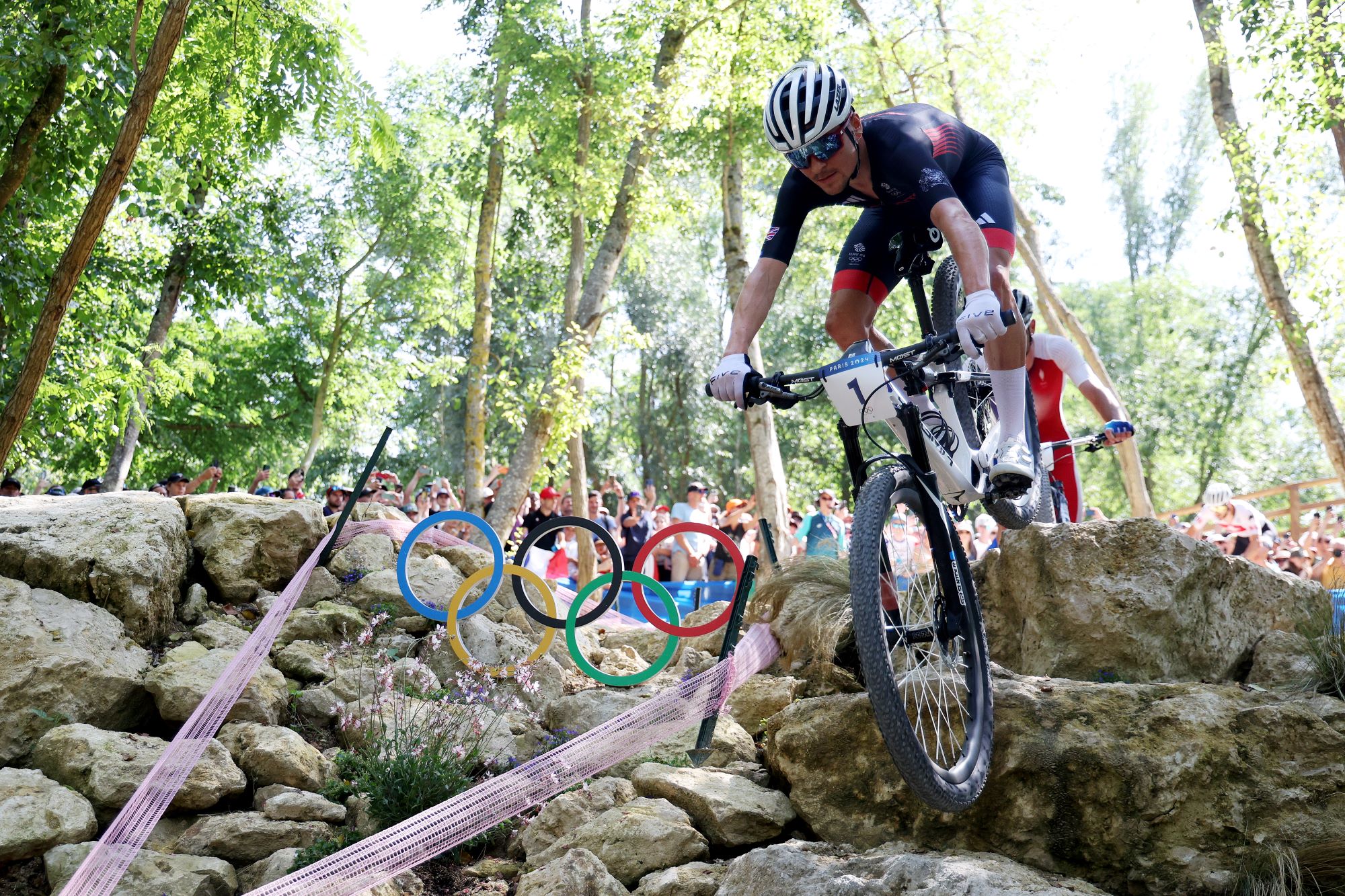
Tom Pidcock was wearing a Lazer helmet, rather than Kask, when he won gold in the XC MTB event
That may not be true across all disciplines though. At the Paris Olympics, Tom Pidcock was wearing a Lazer helmet when he won the XC MTB competition, rather than one from Kask, which sponsors the Ineos Grenadiers road team.
At the high end, Kask’s emphasis is on road helmets (except for the $600 full-face Defender). Pidcock looks to have a non-exclusive deal for road riding only and we'd expect him to revert to a Kask helmet for the Olympic road race. Normally in XC MTB and cyclocross competitions, he wears a Red Bull helmet, which is a branded Lazer lid.
Again, with shoes, a rider will have a pair supplied by their team sponsor that they’re comfortable riding in; often shoe brands will have a unique custom last for shoes to fit a single sponsored pro rider.
What logos can be displayed by Team GB riders and other Olympic athletes is governed by Rule 40. It's pretty complex and covers everything from sponsor logos to tweets, but is designed to ensure that the British Olympic Association captures revenue to fund its grassroots activities.
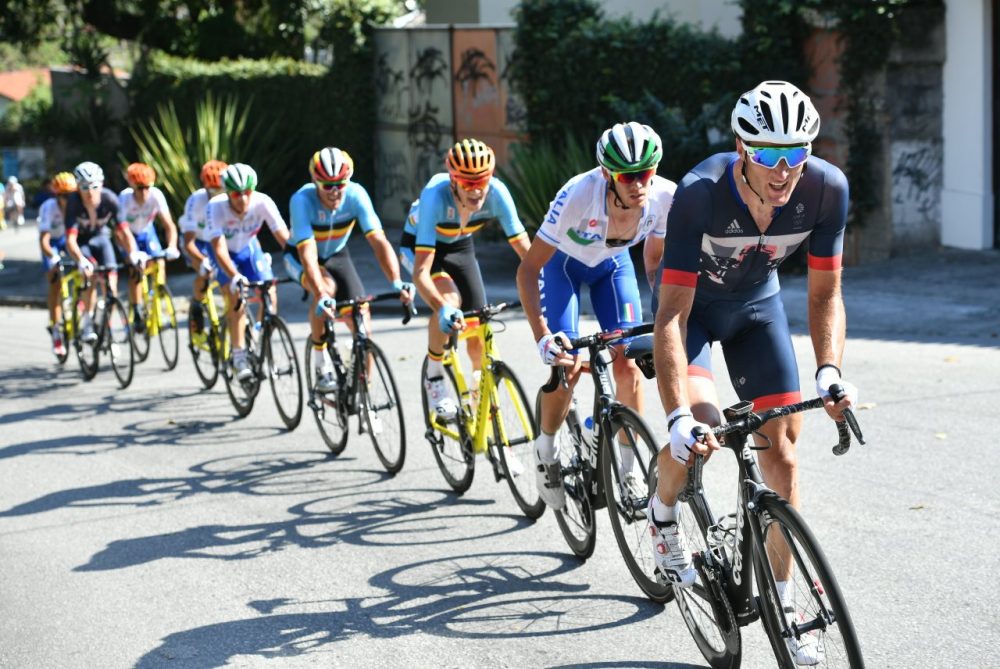
Spot the Spesh - Specialized provided its riders with bright yellow bikes at the Rio Olympics in 2016
Bike brands see the opportunity to promote their bikes too. At the Rio Olympics in 2016, all the riders on Specialized bikes, regardless of their nation, were riding bright yellow Tarmacs. Other brands have provided their sponsored riders with colorful bikes too, although at the same time some riders have been on bikes in their standard team colors.
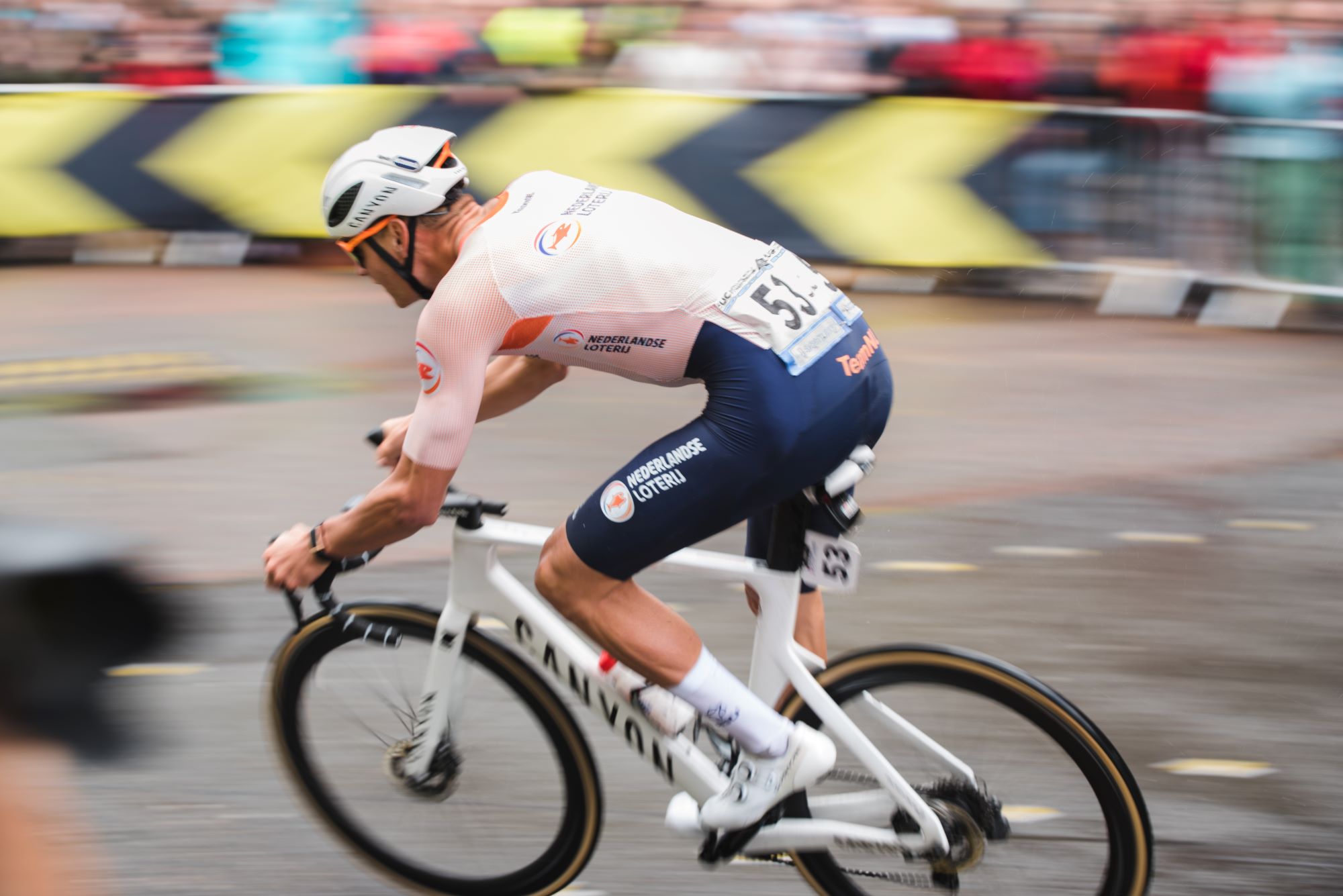
Van der Poel rode his Canyon Aeroad to 2023 World Championships victory in Glasgow
It’s not just at the Olympics that riders ride their trade team bikes when competing for their country either. Mathieu van der Poel won the world road race championships in 2023 riding a Canyon Aeroad, the same bike as he rides in the WorldTour.
Again, other members of the Dutch national team were riding bikes from a variety of other brands, matching the equipment they’d ride with their trade teams.
Choice on the track too
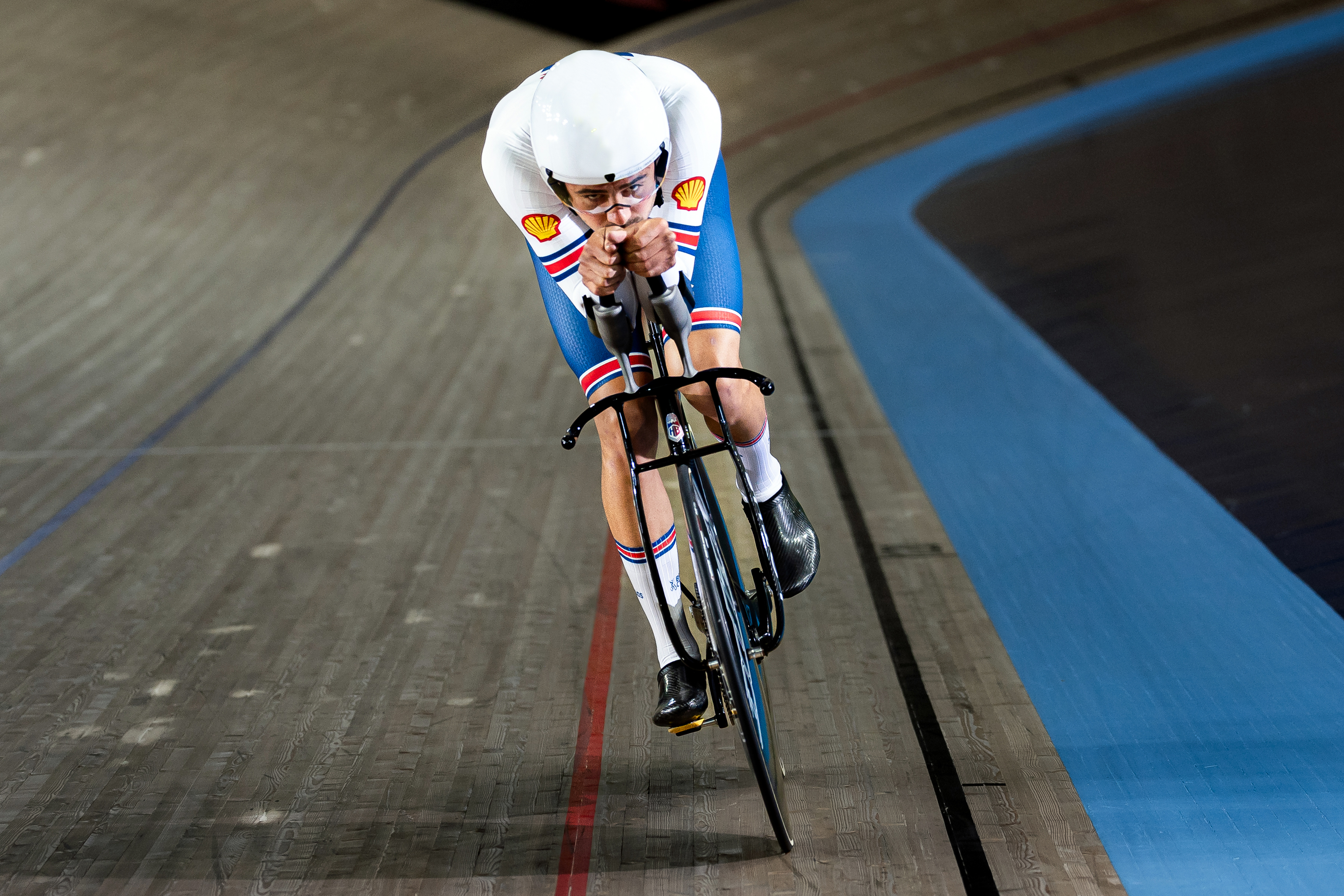
Team GB will all ride the Hope x Lotus track bike in Paris, but this isn't mandatory
We mentioned above that all the members of the British Cycling track team would be riding the same Hope x Lotus track bike. Stott points out that here too there’s room for different bikes to be used.
“All of our track riders will use the Hope-Lotus Paris bike but that’s not mandatory in the regs. We’ve had riders using other bikes at previous Games,” she says.
Some other nations whose track teams aren’t resourced as well as Team GB will see a range of different bikes used by their teams.
But given that the Hope x Lotus track bike is considered state-of-the-art in a competition where margins are razor thin and there’s a continual tech arms race, it makes sense for riders to opt to ride it over alternatives.
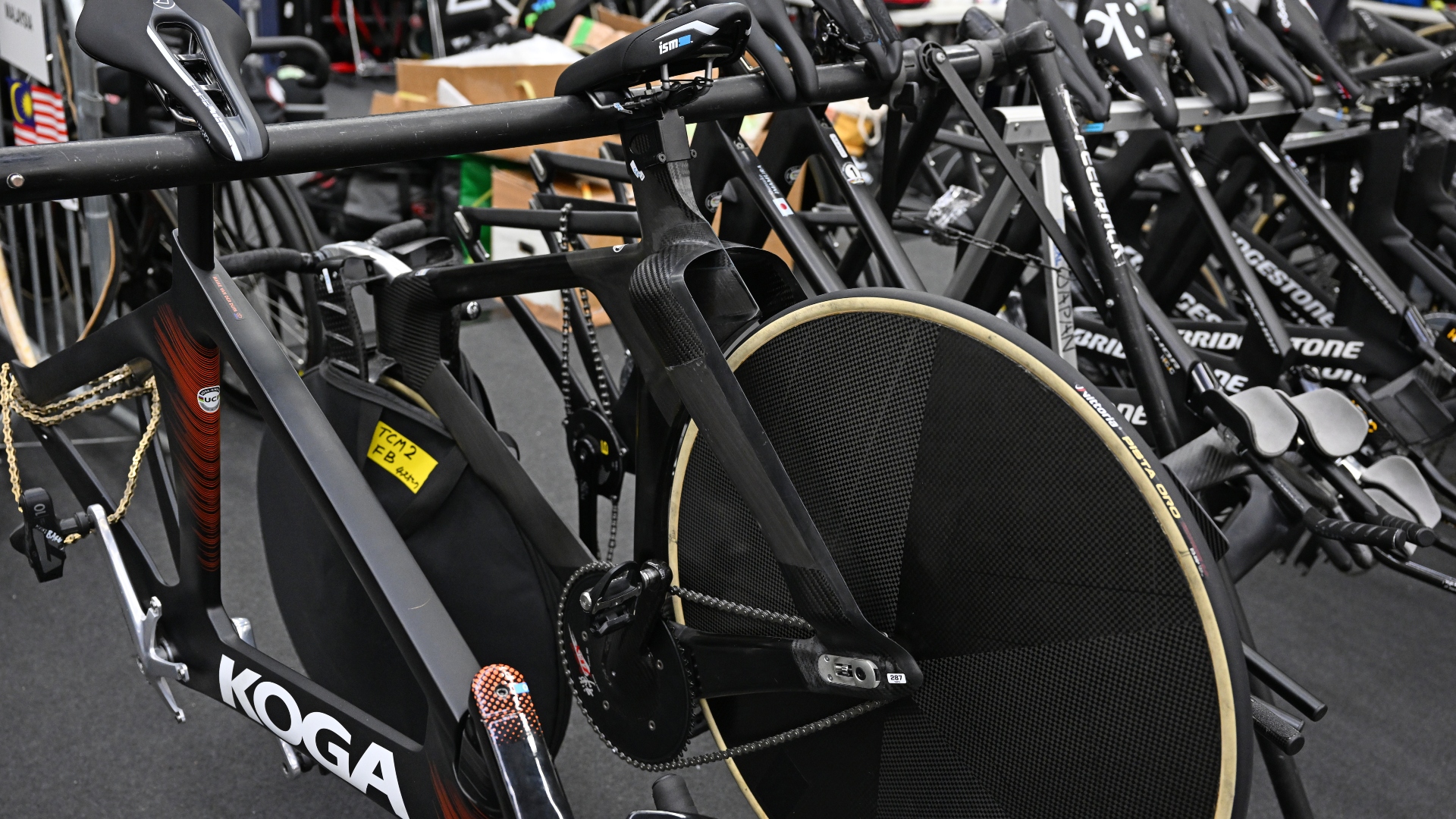
The Japanese V-IZU track bike retails for over £100,000
There’s also the little matter of the cost of Olympic-level track bikes. The Hope x Lotus carbon bike can be bought for £25,000. Team GB is also debuting the 3D printed UKSI-BC1, which is priced at £55,000 plus VAT.
Other Olympic track bikes are similarly expensive. You can buy the Japanese team’s V-Izu TCM-2 for a little over £100,000, for example. That’s a lot of cash for an individual rider to pony up for a shot at a medal.

Thank you for reading 20 articles this month* Join now for unlimited access
Enjoy your first month for just £1 / $1 / €1
*Read 5 free articles per month without a subscription

Join now for unlimited access
Try first month for just £1 / $1 / €1
Paul started writing for Cycling Weekly in 2015, covering cycling tech, new bikes and product testing. Since then, he’s reviewed hundreds of bikes and thousands of other pieces of cycling equipment for the magazine and the Cycling Weekly website.
He’s been cycling for a lot longer than that though and his travels by bike have taken him all around Europe and to California. He’s been riding gravel since before gravel bikes existed too, riding a cyclocross bike through the Chilterns and along the South Downs.
